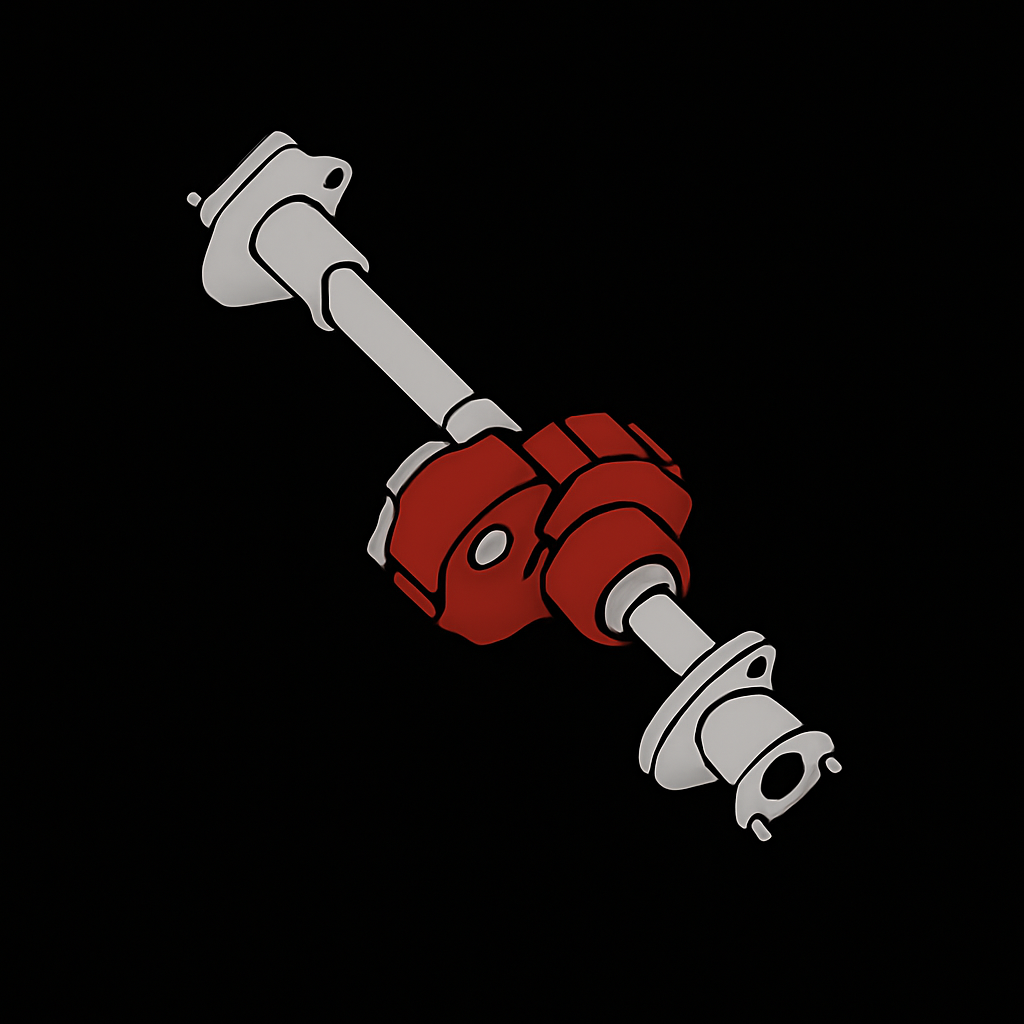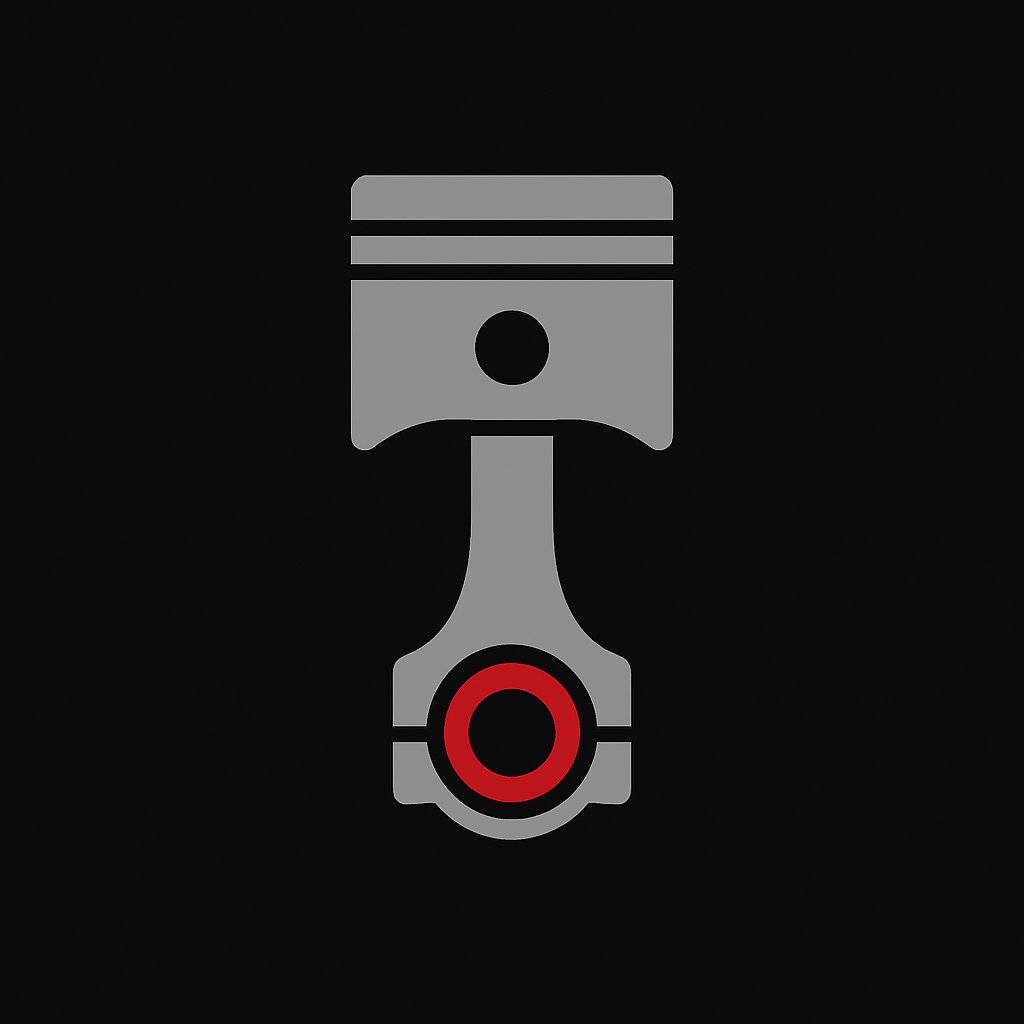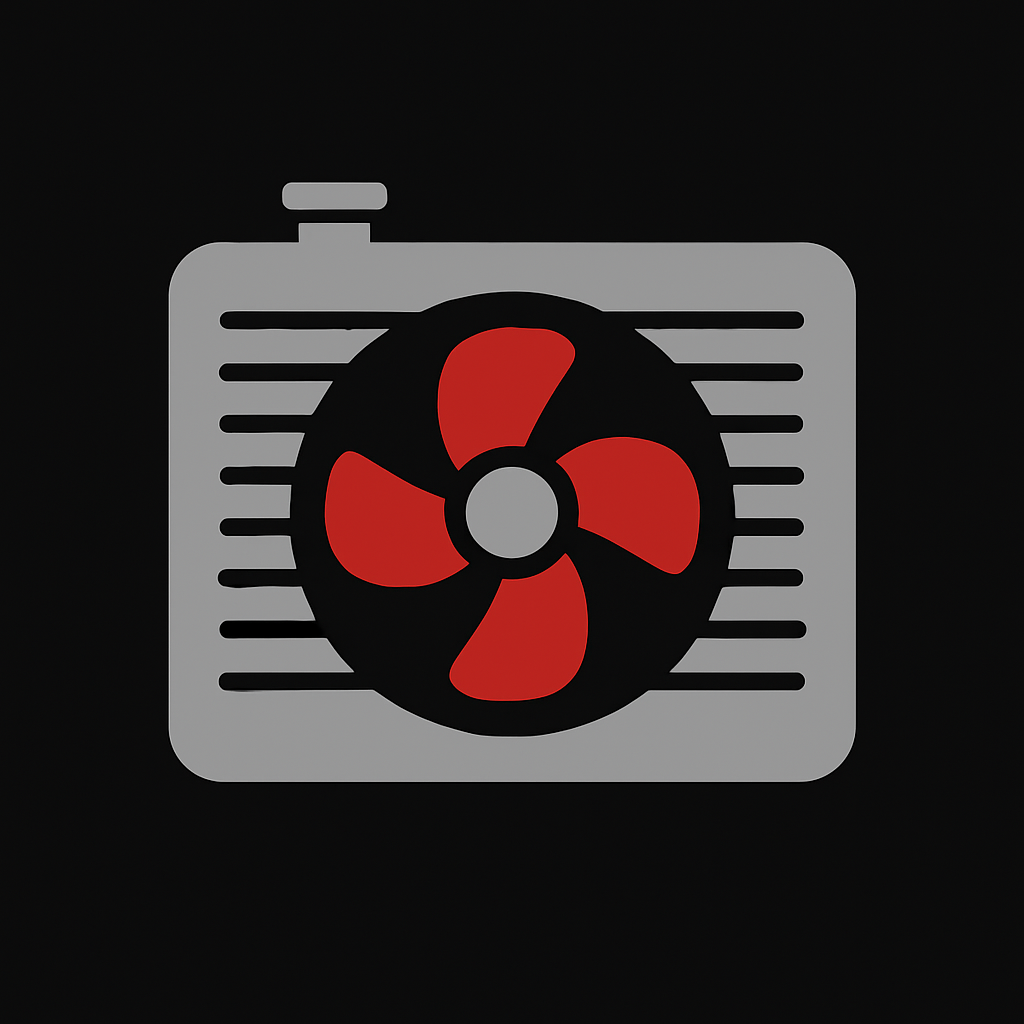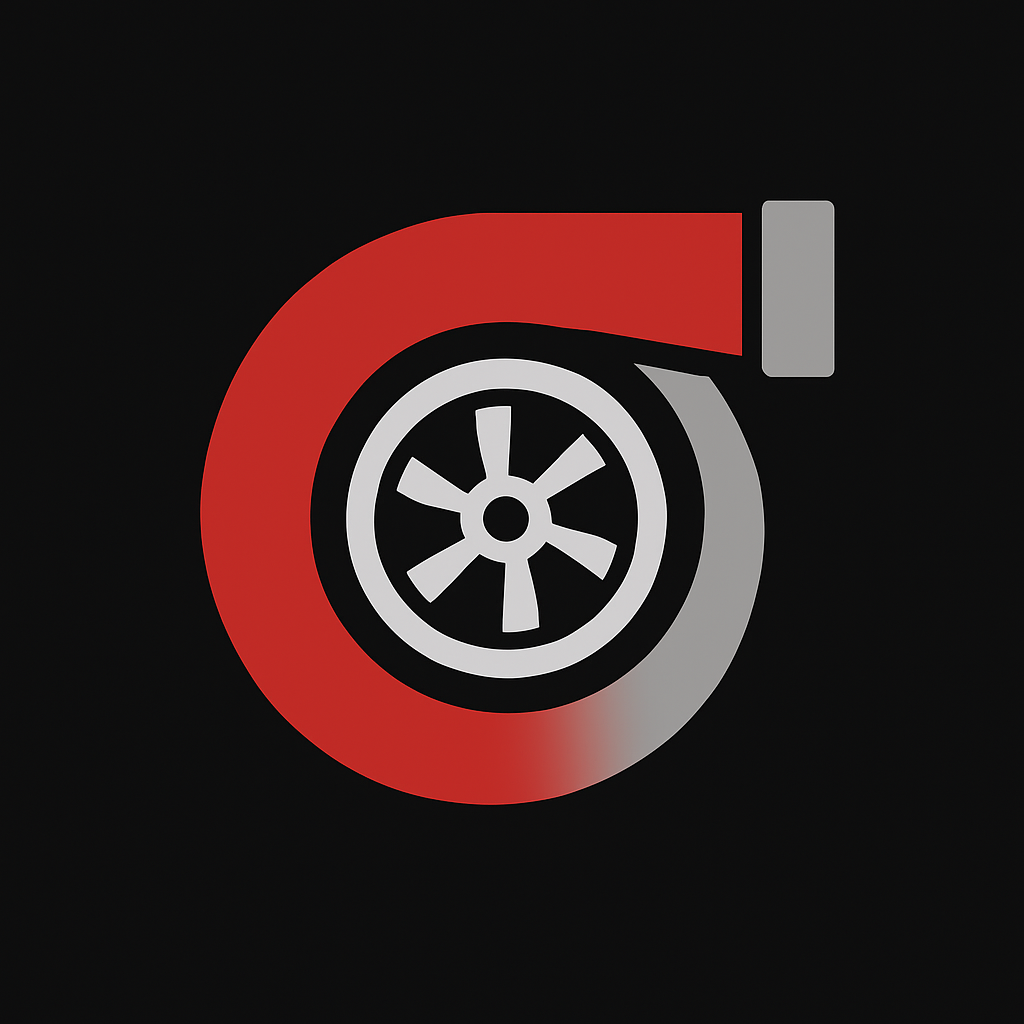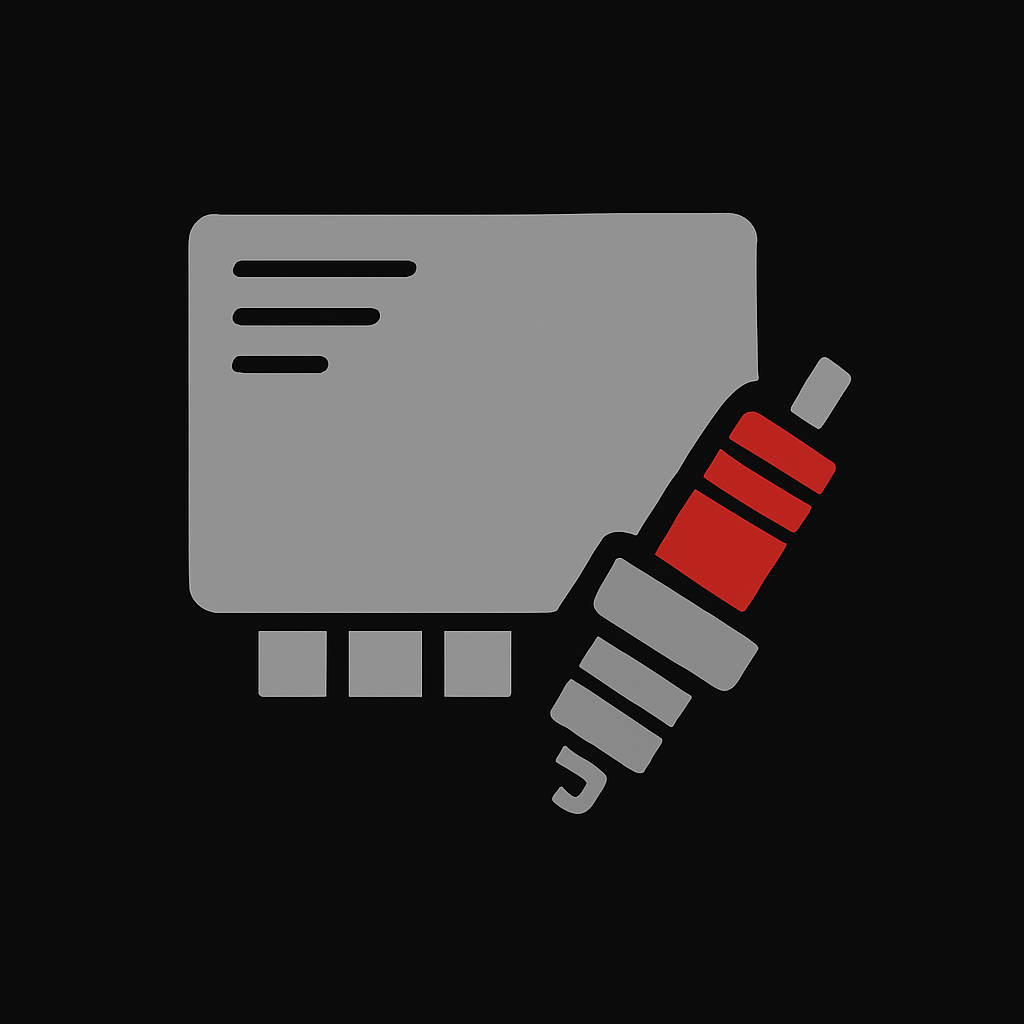
How to Unlock 1000 HP from Toyota’s Legendary 2JZ-GTE
Share
I. Introduction
In the world of tuning legends, the 2JZ-GTE stands alone. Built to endure, engineered to win—Toyota’s inline-six wasn’t just designed to be fast; it was built to be unbreakable. Over the years, it’s become the weapon of choice for anyone chasing four-digit horsepower, from drag strips to dyno kings.
Once considered a mythical benchmark, 1,000 horsepower is no longer a fantasy for the 2JZ crowd. With the right combination of parts, planning, and tuning, this power level is not only achievable—it’s streetable and sustainable.
In this guide, we break down the most efficient, proven path to building a 1,000HP 2JZ-GTE that doesn’t just hit the number—it lives there. We’ll cover what breaks, what holds, and what it really takes to join the four-digit club without sacrificing reliability.
II. The 2JZ-GTE Foundation: A Legend Built for Boost
When Toyota launched the 2JZ-GTE in the early ’90s, they didn’t just create an engine—they created a legacy. The platform is famous for being "overbuilt by design," and it’s not hype. From its cast-iron block to its forged crankshaft, the 2JZ-GTE is structurally prepared to handle abuse well beyond its original 276hp JDM rating.
Cast-Iron Block & Forged Crank
At the core is a closed-deck cast-iron block, providing a level of rigidity rare among production engines. Inside, you’ll find a forged steel crankshaft with thick main journals, perfectly counterweighted for high-RPM stability. This bottom-end setup is often compared to billet-level strength straight from the factory.
What Sets the 2JZ Apart
Compared to modern LS, RB, or K-series platforms, the 2JZ combines OEM reliability with aftermarket elasticity. LS blocks can handle big power, but often require sleeving or stroking. RBs demand serious attention to oiling. K-series motors shine in weight and revs, but don’t love boost past 500–600hp without major rework.
The 2JZ? It takes all of that—and then adds boost.
What Breaks at 1000HP
While many builders have seen stock internals survive up to 700–800HP, the margin of error tightens dramatically as you push further. Stock pistons begin to fail under sustained boost pressures in the mid-20s PSI. Rods deform. Ring lands crack. Once you're chasing four digits, it's time to go forged—or go home.
III. Internal Engine Upgrades: Forged for Power
To transform a stock 2JZ into a reliable 1,000 horsepower powerhouse, the rotating assembly needs a serious upgrade. The block can stay, the crank often survives, but everything else must level up.
Pistons & Rods
The backbone of any high-power build is forged internals. Most builders spec 8.5:1 compression Wiseco pistons, matched with Eagle 4340 H-beam connecting rods and ARP 2000 rod bolts. This combo handles massive cylinder pressure without flinching.
Lower compression also adds detonation resistance—crucial when dialing in high boost with pump fuel or race gas.
Bearings, Washers & Studs
High-power 2JZ builders almost universally opt for ACL Race bearings, designed for tighter tolerances and better oil clearance under extreme load. Thrust washers get upgraded to reinforced variants to handle aggressive clutch kicks and drag launches.
To keep the bottom end locked down, ARP main studs and head studs are a must. These fasteners ensure clamping force remains stable under 25+ PSI, preventing cap walk or head lift—two of the most catastrophic failures at this power level.
The Precision of Assembly
Power is built in the details. Every bearing needs to be plastigaged. Clearances must fall within spec. Main studs should be torqued to 60 lb-ft in a three-step sequence. Use high-quality assembly lube, not engine oil, on all rotating surfaces. A pro-level machine shop and experienced assembler aren’t just helpful—they’re non-negotiable at this level.
Summary: Building the Bottom End
A bulletproof 2JZ bottom end starts with forged pistons, beefy rods, race-grade bearings, and precise assembly. Combined with proper tuning and cooling, this setup forms a rock-solid foundation capable of living at 1,000 horsepower—not just visiting it.
IV. Turbo System: Ditch the Twins, Go Big Single
The factory sequential twin-turbo setup on the 2JZ-GTE was advanced for its time, offering smooth power delivery and low-end response. But at 1,000 horsepower, it's a bottleneck. The sequential system’s complexity, limited flow capacity, and heat soak issues make it unsuitable for four-digit power levels.
Why Sequential Twins Cap Performance
Twin turbos—especially sequential systems—create restrictions in flow and introduce tuning limitations. Transitioning from low- to high-RPM boost becomes unpredictable at high power levels, and the small factory turbos simply can't push enough air.
Ideal Turbo Sizing
To reliably support 1,000 horsepower, single turbo setups dominate. Proven options include:
- Garrett T04Z with a .70 A/R compressor and .82 turbine
- Garrett G42-1200C for fast spool and headroom
- Precision 6870 for high efficiency and excellent boost control
These turbos offer the airflow, durability, and tuning flexibility required for aggressive power targets without sacrificing drivability.
Manifold, Wastegate, and Exhaust
A custom single-scroll or divided twin-scroll exhaust manifold is essential. Match it with at least a 45mm wastegate for precise boost control. The downpipe and exhaust should be 3 inches minimum, with straight-through design and no catalytic restrictions. Free-flowing systems reduce backpressure and heat retention—key to maximizing turbo efficiency. An excellent place to start your build is here.
Intercooler and Flow
Charge air temperatures rise fast under high boost. A front-mount intercooler measuring 600x300mm or larger is recommended. Boost targets for 1,000 horsepower generally land between 25–30 PSI, depending on turbo size and fuel used. The rule of thumb: if you’re flowing the air, you’d better cool it properly.
V. Fuel System: Feeding the Beast
At four-digit power, fuel supply becomes a limiting factor just as quickly as airflow. The stock system is completely inadequate, and even modest upgrades fall short under sustained load.
Injector Sizing
You’ll need 1050cc to 2000cc injectors depending on fuel type (pump, E85, race gas). Injector Dynamics offers high-precision units that deliver consistent spray patterns—critical for tuning at the edge.
Dual Pump Setups
One pump won’t cut it. A typical solution involves dual 450LPH pumps (e.g., Walbro 450s) or a high-output brushless pump. Run them in parallel with proper relays and wiring to avoid voltage drop. Many builds install surge tanks or staged systems to maintain pressure during wide-open throttle pulls.
Fuel Rails, Regulators, and Lines
Use high-flow billet fuel rails, a boost-referenced fuel pressure regulator, and at least -8AN braided fuel lines for delivery and return. These ensure that fuel pressure stays steady even at full boost and redline RPM.
Tuning for Pressure and Safety
Fuel pressure must match injector sizing and boost levels. Running lean under boost can destroy even the most built motor. Monitor fuel pressure and wideband O2 data at all times. A solid tune is your first line of defense against failure.
VI. Engine Management & Tuning
At this level, tuning isn't optional—it's essential. Stock ECUs and piggybacks won't deliver the precision or data needed for reliable power.
Why Standalone ECUs Are Required
Systems like the Haltech PS2000 or AEM Infinity provide full control over ignition, fueling, boost, and safety protocols. They allow custom maps for different fuels, conditions, and driving styles—all while logging everything.
Required Sensors
At minimum, you’ll need:
- Wideband O2 sensor for accurate AFR contro
- 4-bar MAP sensor for proper boost resolution
-
IAT sensor for timing compensation and knock protection
Additional inputs like ethanol content sensors and EGT sensors enhance tuning accuracy and safety margins.
Ignition System Upgrades
Stock coils and ignitors fail at high boost. Upgrade to R35 GTR coils or IGN-1A smart coils. Use iridium spark plugs (e.g., NGK BKR8EIX) gapped correctly to prevent blowout under high pressure.
The Art of Professional Tuning
A pro tuner will balance fuel, spark, boost curves, and build in fail-safes. You'll get smoother transitions, peak performance, and fewer chances of detonation or hardware failure. Don't cheap out—this is where the build comes alive.
VII. Supporting Mods & Streetability
Going fast in a straight line is great—if your car can survive it. Supporting systems ensure your 1,000HP build doesn’t become a trailer queen.
Transmission Options
The factory V160 is iconic and bulletproof, but rare and expensive. Alternatives include:
- CD009 6-speed from Nissan (with adapter kits)
-
T56 Magnum for torque handling and availability
Clutch Setup
A dual-plate clutch is ideal for a streetable setup, while triple-disc units work better for track-focused builds. Brands like OS Giken and Tilton offer options that hold power without sacrificing pedal feel.
Cooling System
High horsepower equals high heat. Upgrade to:
- Aluminum radiator with dual electric fans
- External oil cooler with thermostat
-
Catch can system to manage blow-by and crankcase pressure
Traction and Suspension
Power is useless without grip. Even on sticky streets, you'll need:
- Wider tires (e.g., 275+ drag radials)
- LSD or aftermarket diff
- Coilovers with adjustable dampers
-
Reinforced bushings and control arms to manage torque transfer
VIII. Budget, Timeline & Pro Tips
Estimated Costs
- Entry-level 1000HP build: $20,000–$25,000
- Premium parts, pro-built: $30,000–$40,000+
- Costs vary based on machine work, brand selection, and tuning support.
TimeLine
Tear down to dyno: 3–6 months depending on part availability and shop scheduling
Add more time for custom fabrication, delays, or tuning iterations
Common Mistakes to Avoid
- Relying on stock ignitors or wiring
- Underestimating fuel system needs
- Choosing turbo size based on hype, not data
-
Ignoring driveline limits until something snaps
Pro Tips from Seasoned Builders
- Don’t mix and match fuel components—keep it all high-flow
- Spend money on the tune, not just the parts
- Heat is the enemy: prioritize cooling early
- Plan traction, brakes, and suspension before adding power
IX. Conclusion
The 2JZ-GTE is not just capable of 1,000 horsepower—it was practically born for it. With the right components, strategy, and tuning, you can build a monster that’s both fast and dependable.
But don’t get tunnel vision chasing numbers. Focus on balance. A 1,000HP build isn’t just about raw force—it’s about control, longevity, and execution.
Build it once. Build it right. And when you finally plant your foot down and feel that surge—remember, this isn’t magic. It’s what the 2JZ was made to do.
Frequently Asked Questions (FAQ)
1. Can a stock 2JZ-GTE handle 1000 horsepower?
Not reliably. While the stock 2JZ-GTE bottom end has been known to survive up to 700–800HP, reaching 1000HP safely requires forged internals, upgraded fuel and ignition systems, and professional tuning.
2. What turbo size is best for a 1000HP 2JZ build?
Popular options include the Garrett G42-1200C, Precision 6870, or T04Z. These turbos offer the airflow needed for four-digit horsepower while maintaining decent spool characteristics when paired with the right setup.
3. Do I need a standalone ECU for this kind of build?
Yes. A standalone ECU such as the Haltech PS2000 or AEM Infinity is essential for managing fuel, ignition, and boost accurately at this power level. Factory ECUs or piggybacks aren’t sufficient.
4. What fuel system upgrades are required for 1000HP?
You’ll need 1050–2000cc injectors, dual 450LPH fuel pumps, upgraded fuel rails, a boost-referenced fuel pressure regulator, and high-flow lines. Proper fuel tuning is critical to avoid lean-out and engine damage.
5. What’s the typical cost to build a 1000HP 2JZ-GTE?
A full build can range from $20,000 to $40,000+, depending on part selection, machine work, and whether you’re doing the labor yourself or hiring professionals. Cutting corners is not recommended at this power level. J-Spec Garage has everything you need to support your next engine build. Shop our proven catalog of 2JZ-GTE performance parts now!

